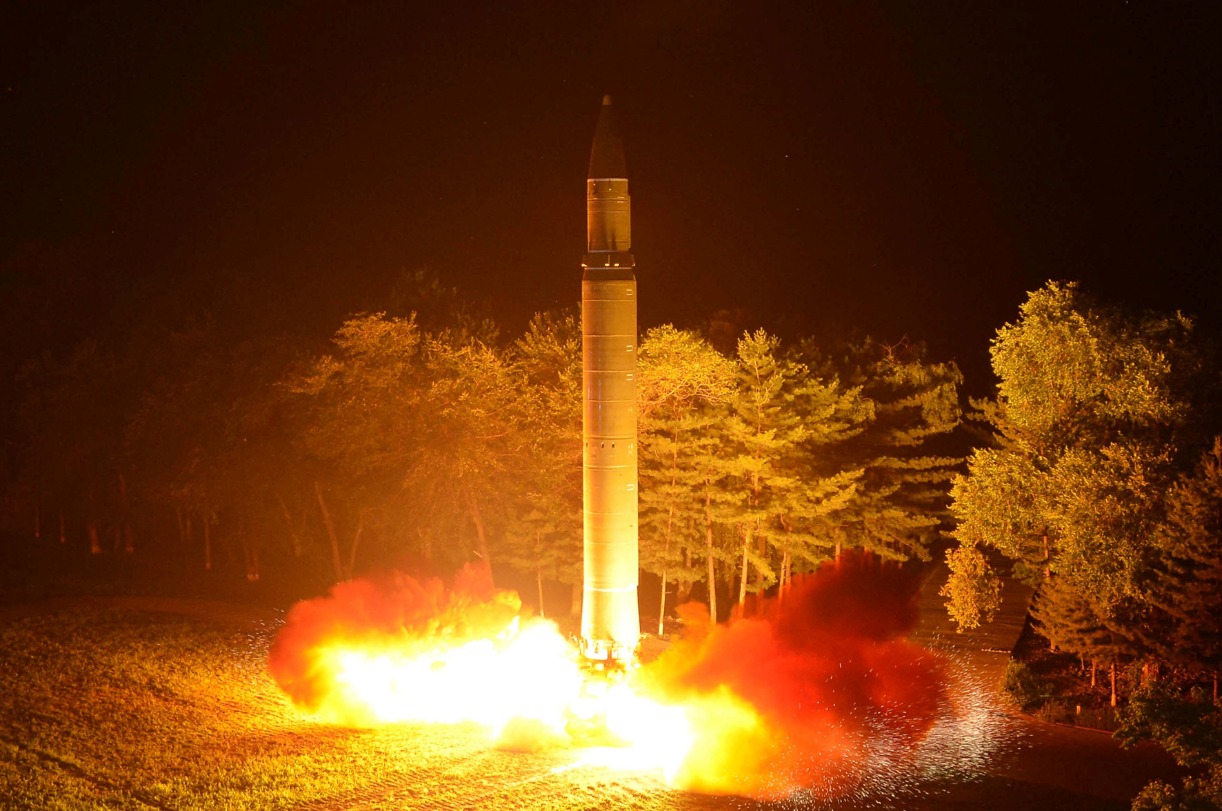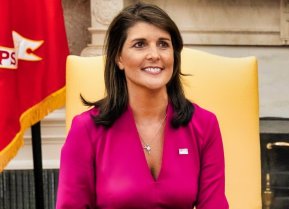A Plan for Donald Trump on North Korea
With North Korea unlikely to relinquish its nuclear and missile capabilities, a strategic compromise could cap Pyongyang’s advancements and prevent a nuclear escalation. A crucial step is ending the Ukraine conflict, as North Korea currently benefits financially and technically from its partnership with Russia.
While it might not dominate the headlines right now, the issue of North Korea and its growing nuclear weapons and missile programs remains in what seems like a forever limbo. Clearly, at some point, Donald Trump will have to deal with Pyongyang, confronting an unsettling fact: North Korea will never give up its nuclear weapons or advanced missiles.
But that doesn’t mean all is lost, nor does the world need to accept a nuclear North Korea that will continue onward toward evermore advanced weapons platforms that could be sold to the highest bidder. While it isn’t optimal politically, a strategically sound compromise that stops Pyongyang from creating and deploying new atomic and missile technology is within reach. Rolling back some of this nuclear missile program might also be possible.

To be clear, nothing involving North Korea is easy, and several moving parts must be aligned to ensure success. While it requires a major war to end, willing partners, political will, and a little luck, there is a viable path toward ensuring North Korea doesn’t become what amounts to a nuclear runaway train that threatens America and its allies with weapons that will be increasingly hard and evermore expensive to counter. Such a plan will also hopefully deter South Korea from any ideas of developing a nuclear arsenal in the future.
In the next few weeks, I hope to lay out what I see as a viable plan to halt the North Korean nuclear threat where it is and maybe even roll back some key elements. National security hawks will pan the ideas presented as it will not force the portly pariah of Pyongyang to give up all of his nukes and missiles, a pie-in-the-sky goal that ensures North Korea never considers any aspect of what would be a historic arms control agreement.
We must be willing to embrace the uncomfortable regarding this issue, or we face the daunting prospect of North Korea in a decade having over 100 or more nuclear-tipped intercontinental ballistic missiles (ICBMs) that would overload any homeland missile defenses (some say Pyongyang can already do that) and threaten the U.S. homeland with nuclear war.
The Foundation: First, End the War in Ukraine
Before we can lay out any sort of plan, we need to set up the conditions for North Korea even to want to talk about a compromise on its nukes and missiles. That means cutting off Pyongyang’s access to outside funds thanks to the war in Ukraine and the quasi-alliance now in effect between North Korean dictator Kim Jong-un and Moscow.
The reasoning is straightforward: Why would the Kim family ever want to talk to Donald Trump about giving up any part of its missile and nuclear programs when North Korea is likely getting billions of dollars from Russia for its help in the Ukraine war and very likely technical assistance on its missile and maybe even nuclear programs?
Most reporting suggests that Pyongyang has given Moscow millions of artillery shells and now even troops to throw into the fray in Ukraine. Unless that money spigot can be shut off, meaning ending the fighting in some sort of sustained fashion, Kim will have all the resources he needs to keep the hermit kingdom going and blunt any sort of sanctions while getting Russian help to make his military even more lethal.

What a Ukraine Deal Could Look Like
I would argue the Trump Administration’s number one foreign policy objective must be to get the fighting to stop in Ukraine. While it is hard to admit, it seems inevitable that Kyiv will not be able to regain all of the territory Russian President Vladamir Putin illegally and brutally conquered. Past and what are likely future Trump foreign policy advisers have told me time and time again that they saw the Ukraine war as a “stalemate” that must be ended.
A compromise deal has been floated in various capacities, whereby both sides would agree to an immediate cease-fire to negotiate a lasting truce and a Demilitarized Zone to separate the combatants. While it seems, at least for now, that both sides won’t be so eager to give up conquered territory, ensuring that the fighting stops is the most important foreign policy goal that Donald Trump must work to secure. A Korean war ending to the conflict is undoubtedly imperfect, but it significantly reduces the possibility of NATO being sucked in, with a nuclear showdown not far from the offing.
While it won’t happen immediately, as both sides begin rebuilding and focusing on what comes next domestically, Russia will have much less of a need to buy arms from North Korea, Iran, and anyone else willing to violate sanctions to sell them. That means Pyongyang will become less of a priority for Moscow, eventually seeing a slowing of arms sales and a scaling back, if not an overall halt, in aid Putin is likely giving to the Kim regime. And that will leave an opening for Washington to step into.
Plan About a Plan
In the coming days, I will have more to say about what the future could hold for North Korea and the future Trump Administration. Still, for now, one thing is clear: if the war between Russia and Ukraine can’t end, North Korea will continue to get flush with cash and will have no incentive to talk.
About the Author: Harry J. Kazianis
Harry J. Kazianis serves as Senior Director for National Security Affairs at the Center for the National Interest and Executive Editor of its publishing arm, The National Interest. Kazianis has held senior roles at various think tanks, such as the Heritage Foundation, the Potomac Foundation, and served as Editor-In-Chief of the Diplomat. He has advised several U.S. presidential candidates on various national security issues. You can follow him on Twitter: @Grecianformula.
Image Credit: Creative Commons and/or Shutterstock.


